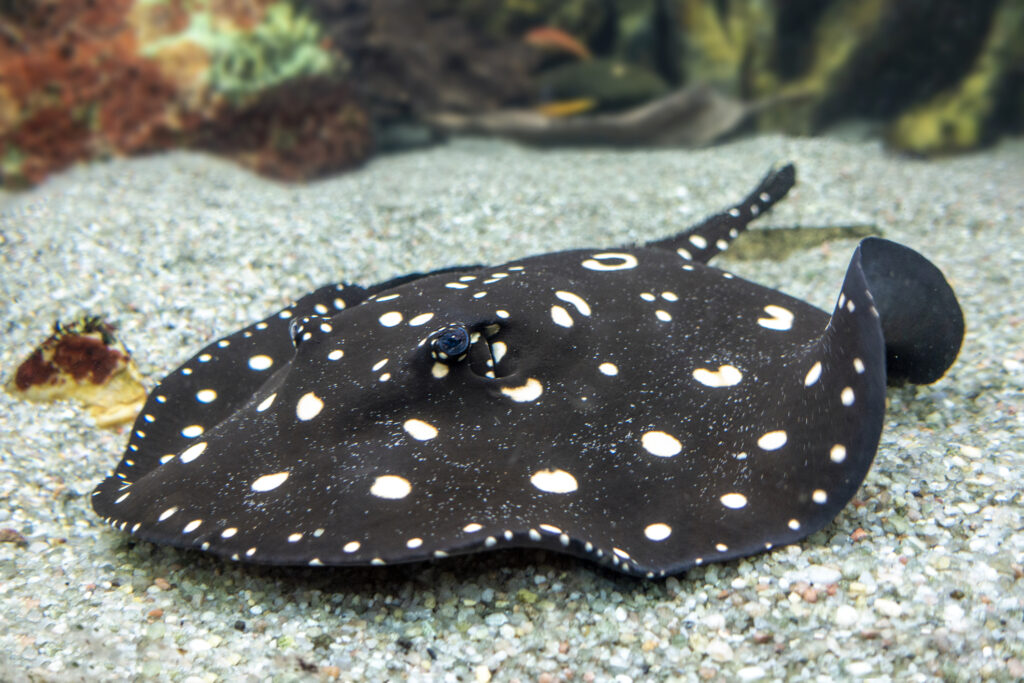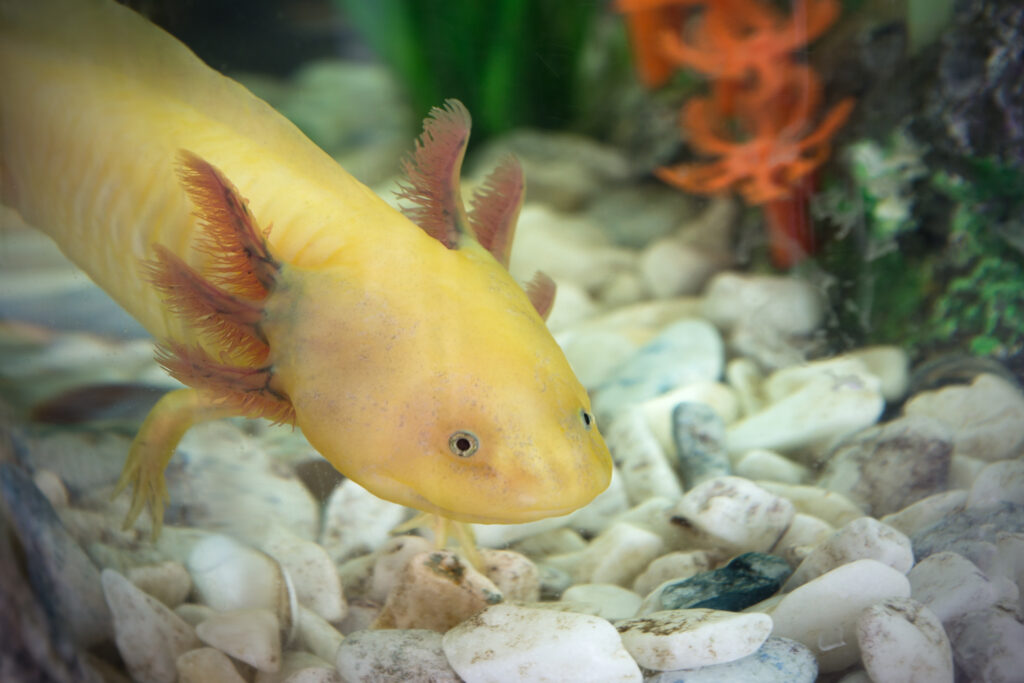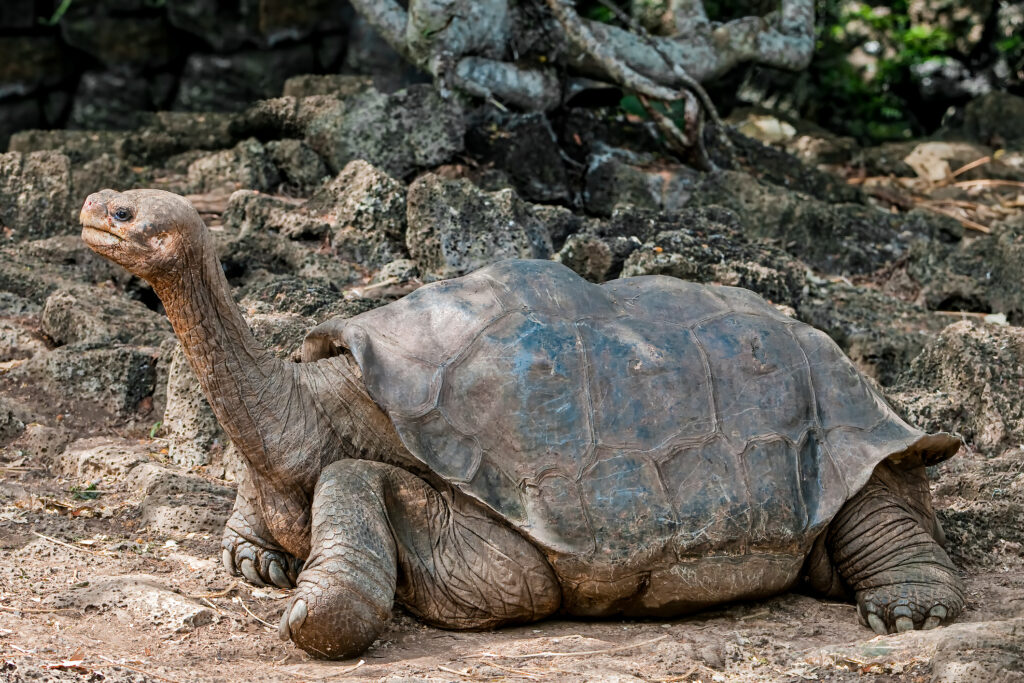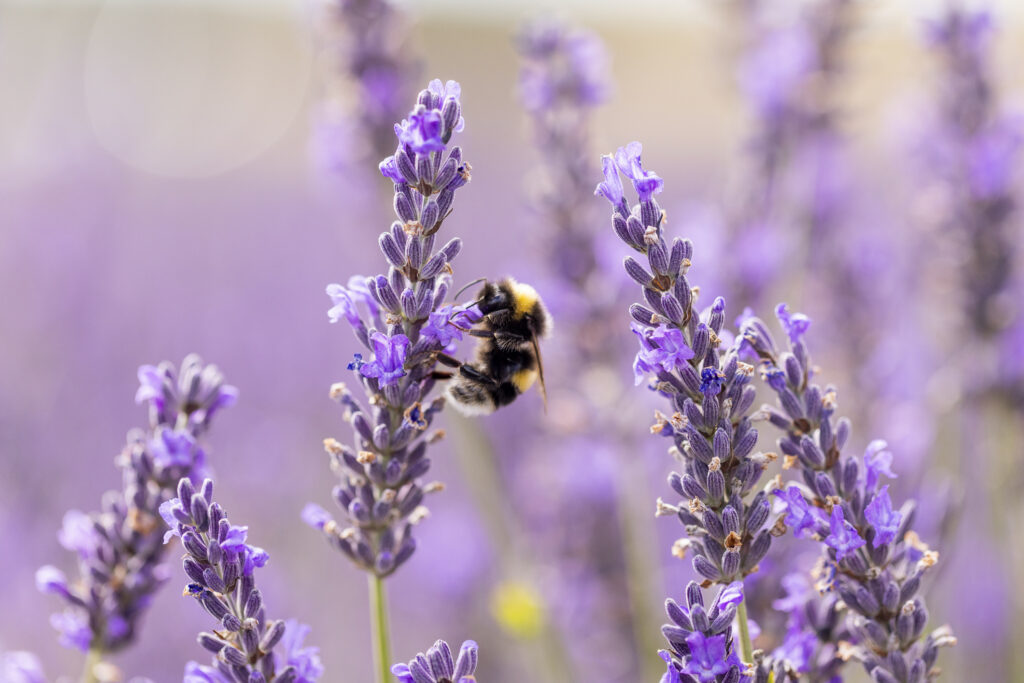The world is home to an incredible amount of different species, each with its own unique characteristics and role to play within its ecosystem. Unfortunately, many of these animals are at risk of disappearing altogether for a number of different reasons. Here at Tynemouth Aquarium we play our part in the preservation of some of these at-risk species, as they continue to live successfully within our aquarium environment. You can learn more about this by visiting our Endangered Zone exhibit!
In the meantime though, let’s have a look at what exactly endangered and extinct mean, and what impact it has on the planet.
What does ‘Vulnerable’ mean?
The International Union for Conservation of Nature (IUCN) keeps an updated record of what it calls its ‘red list’ of threatened species, with 7 different levels of severity. This includes:
- Least concern
- Near threatened
- Vulnerable
- Endangered
- Critically endangered
- Extinct in the wild
- Extinct
With that in mind, the species that are not threatened by extinction are placed within the top two categories. However, ‘vulnerable’ refers to the first of the threatened categories and means there is a risk of the species becoming extinct in the future.
The vulnerability of a species can depend on different criteria. Firstly, the population must have declined between 30-50% over the last 10 years, or last 3 generations of the particular species. What’s more, if the species has a population with less than 10,000 mature individuals, it will be deemed vulnerable. Secondly, a species can be classed as vulnerable if all the living members of a species could fit in an area that measures less than 20,000sq km. This is known as its extent of occurrence.
The polka dot stingray (Potamotrygon leopoldi) is one such example of a vulnerable species, with a very small extant occurrence in the Xingu River basin in Brazil. Similarly, the blacktip reef shark (Carcharhinus melanopterus) is also vulnerable with a decreasing population.

What does ‘Endangered’ mean?
Endangered by definition means seriously at risk of extinction. Here, a species can be classified as endangered if its population has declined between 50-70%, or if the species’ extent of occurrence is less than 5,000sq km. An endangered species also must have less than 2,500 mature individuals.
The IUCN can also classify species as ‘critically endangered’ which means the species has declined between 80-90%, the extent of occurrence is less than 100sq km or there are fewer than 250 mature individuals.
Currently the IUCN has more than 44,000 species listed that are threatened with extinction, including amphibians, sharks and rays, corals, mammals and birds.
Examples of animals that are endangered
With such a vast range of animals that are endangered, it’s no surprise that many of these include aquatic animals.
One such animal is the axolotl (Ambystoma mexicanum). The axolotl is classified as critically endangered and is found in only 3 small locations around Mexico City. It’s thought there are only 50-100 mature individuals left in the wild, with the population continuing to decline. The primary threats to this particular species include urbanisation and tourist activity which has caused increased pollution to the water.
There are many endangered animals that you’re likely more familiar with, including the Sumatran orangutan, black rhino and hawksbill turtle. The latter has seen a huge decline in numbers due to accidental capture in fishing nets, as well as damage to their nesting habitats and coral reefs.

What does ‘Extinct’ mean?
The IUCN classifies a species being extinct in two different ways. Firstly, ‘extinct in the wild’, which means that a species is only known to survive in captivity or as a naturalised population, which means the species integrates itself in a non-native ecosystem.
Secondly, ‘extinct’ which simply means there is no reasonable doubt that the last individual of that species has died. This second classification means there isn’t even an individual species alive in captivity.
Examples of animals that are extinct
Animal extinctions can happen for a number of reasons, including natural occurrences and human activity. For example, one the most famous species that is now extinct is the dodo. This was a flightless bird from Mauritius and became extinct in the 1660s, and the only account we have of its appearance is through illustrations. Similarly, the woolly mammoth, which was believed to be related to the elephant, became extinct around 10,000 years ago.
Of course, there are lots of species that have become extinct much more recently. This includes the golden toad (Incilius periglenes) which became extinct in 2019. It was native to Costa Rica but endured the effects of climate change, as changes in weather patterns meant that the toads eventually became unable to reproduce effectively.
The Pinta giant tortoise (Chelonoidis abingdonii) became extinct in 2015. This was a species of Galapagos tortoise, and was originally thought to have been wiped out much earlier due to hunting, until a single male was discovered on Pinta Island in 1971. He became known as Lonesome George.

When it comes to sea creatures, the IUCN lists a number of species that are now extinct. The Java stingaree (Urolophus javanicus), a species of ray, is thought to have become the first marine fish to become extinct due to human activity. Native to Indonesia, the Java stingaree may have disappeared due to intensive and unregulated fishing, as well as long-term habitation loss. It was announced as extinct in 2023. The New Zealand grayling (Prototroctes oxyrhynchus) is a species that was declared extinct in 2018, although there had been no sightings of it since 1923. It’s thought that multiple factors led to its disappearance.
Problems caused as a result of animals becoming extinct
Every species across the world has a part to play in balancing its ecosystem. With that in mind, the loss of even one species can impact the environment in some way. As the ecosystem needs to rebalance itself and adapt, it can cause rippling changes throughout its environment and the food chain within it.
For example, kelp forests play a vital role in coastal ecosystems because they are a habitat for other species, as well as protecting the coastline from storms. They can also absorb carbon dioxide. These kelp forests are quickly declining due to an increased number of purple sea urchin, that feed on giant kelp. California sea otters eat the people sea urchin, which generally helps to preserve the kelp forests – but these otters now have a drastically lower population.
Similarly, our food crops are pollinated by insects and other animals, as well as the plants throughout the tropical rainforests. The loss of pollinating animals, like fruit bats and bees, could have a damaging impact on our food sources. The likes of insect populations declining can then affect the animals, fish and birds that rely on them for food.

As you can see, one species declining in numbers or disappearing entirely can start a chain reaction of events that may have devastating consequences.
How can we prevent animals from becoming extinct or endangered?
With all of this information in mind, what can be done to stop future species from becoming endangered or even extinct? Human activity is the biggest threat to many of the world’s wildlife species, from hunting and poaching to habitat destruction and pollution. With that in mind, it’s up to us to help restore the natural balance.
There are so many things you can do at home and in your everyday life to help prevent animals from being threatened. Picking up your rubbish or recycling those empty bottles might seem like such an insignificant act, but if everyone did it, it really could make a difference. You should also buy sustainably, especially when it comes to seafood. You can check out the Good Fish Guide to make sure you’re only buying sustainable seafood options.
You can also think more carefully about how you can cut down your carbon footprint, whether it’s by walking more, using renewable energy or buying food that is locally harvested.
For more tips and help on how you can help the planet, you can check out our Conservation page or come and visit us here at Tynemouth Aquarium to learn more about what we do for our marine animals.
